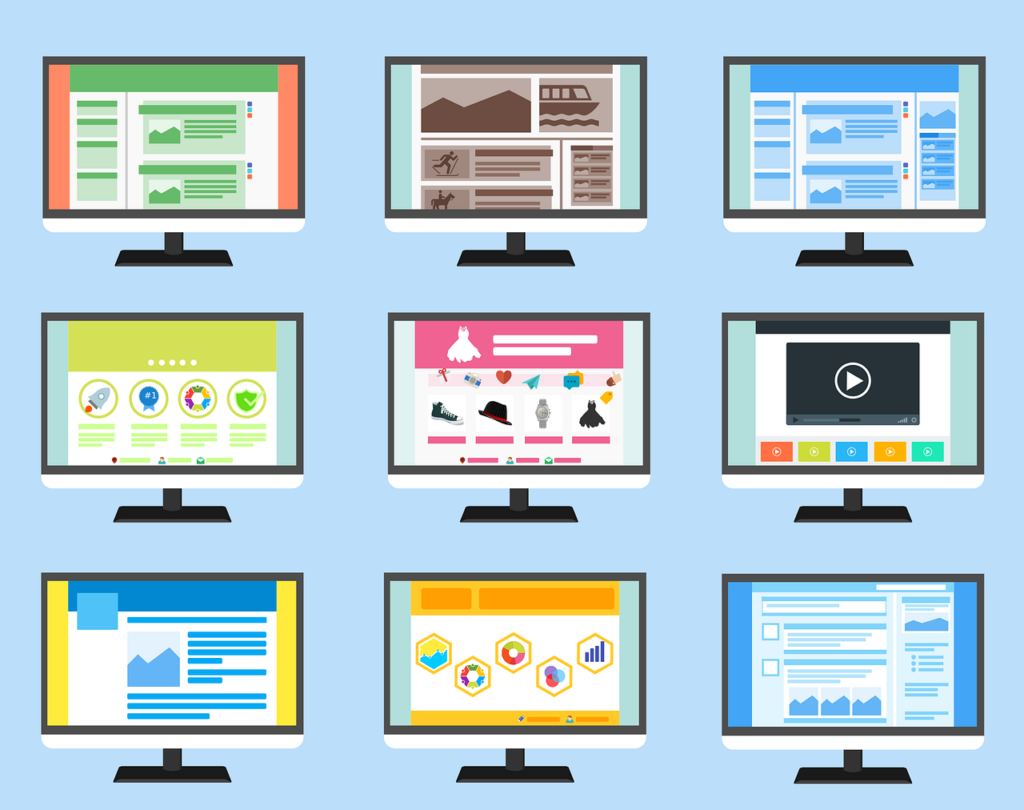Are you considering a website redesign? Maybe your layout is dated or not responsive. Or it’s just time for a refresh. Best practices recommend monthly updates on content and minor design changes and a redesign every 18 months to two years. But have you considered your website redesign goals?
You need to be able to articulate these objectives so that you can provide clear direction to a designer. This way you and the designer are clear on the expectations from the start. In this blog, we’ll look at some common website redesign goals to consider:
- Building awareness of your brand
- Enhancing user experience (UX)
- Improving conversions
- Optimizing imagery
- Nurturing leads
Building awareness of your brand
Do stakeholders in the industry know your brand? What would you consider to be your current brand awareness? And how can website redesign build more?
First, consider what awareness you crave. Do you want to be a thought leader in your space? Or expand to new markets?
Content marketing is going to be key to expanding any kind of awareness. This relates to website redesign in that you have to promote content and make it easy to find. This means it should be featured on your home page. Your blog needs to have an intuitive design as well. If you offer other content like ebooks and whitepapers, your website design needs to include a home for such resources.
Your content needs to be shared through multiple channels like social media. So your website design needs to make this easy. If someone goes to your site and reads a blog and then wants to share, you’ll need backend design and coding that works. For example, you’ll want the featured image to appear once someone shares on social media via your URL.
Enhancing the user experience (UX)
Your website should be an experience for users. You have to think in terms of how a user will interact with your site; not how you see it. You are an expert and have bias. A designer can look at things objectively and inform you of how to improve UX. Recommendations may include:
- Simplifying your menu
- Improving search feature
- Increasing the size of the font
- Making CTA buttons larger
- Setting up expected paths for a user (An expected path can be a hypothesis. Then can be tested after redesign.)
Improving conversions
Is your website generating leads? It absolutely should be. And there are always ways to improve conversions.
Your website should be based on an inbound marketing strategy and use conversion-centered design. What does this mean?
- Create landing pages with exciting, gated content like an ebook or whitepaper – users give you their email then they receive the content.
- Make sure contact or subscriber forms are well placed.
- End blogs with a CTA that drives them to contact forms or other landing pages.
- Remove distractions that may be impeding the click like other pop-ups or irrelevant content.
- Improve SEO to perform better in organic results.
Optimizing imagery
Every page and post on your website depends on great imagery. The type of imagery will, of course, be largely decided by your industry. If you sell actual products then you need to have professional photos of those products. If you sell services then you need to use imagery that speaks to the process but isn’t overly stocky.
Imagery that is unprofessional or looks dated is going to create a negative experience. That’s what users will leave your site with, which is not what you want.
A designer can also provide you with best practices on cropping and filtering. These are skills that are imperative when it comes to choosing photography, so please ask an expert!
Nurturing leads
How does your website nurture a lead? The term nurturing means you are staying connected with that lead and creating a customized experience for him or her. Your website should have new content regularly to keep driving that prospect back to your site. It should keep funneling that lead to buy your product or service.
It’s great to be able to profile leads and understand how they interact with your site. Do they look at specific products or services? Do they open the email campaigns you send? Are they engaged with you on social media? Knowing all of this creates a digital blueprint of how to nurture and convert the lead.
Website redesign is an essential process to keep your brand on track to grow. It shouldn’t be entered into lightly or without clear objectives.
You need to understand your website redesign goals and be clear on expectations before engaging a designer. Consider these five goals and how they correlate to your brand. Then start your website redesign!
If you are ready to start your website redesign, we’d love to work with you. View our portfolio for a look at our website redesign expertise.


